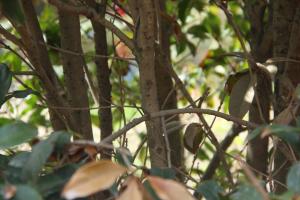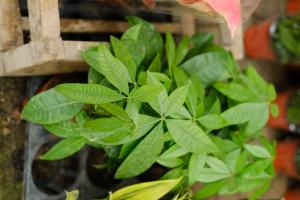Can You Plant Magnolia Trees in Your Zone?
Magnolia trees are well-known for their stunning blooms and sweet fragrance. They are popular among gardeners as they can add beauty to any landscape. But, before planting a magnolia, it’s essential to know if it can survive in your zone. In this article, we’ll answer the question, “Can you plant magnolia trees in your zone?” and provide some tips for successful planting.
Understanding Magnolia Zones
Magnolia trees are native to Asia and the Americas. They are widely distributed across North America, but some species prefer certain growing conditions. The United States Department of Agriculture (USDA) has divided the country into “plant hardiness zones” based on average winter temperatures. These zones provide gardeners with valuable information about the plants that are likely to thrive in their areas. Magnolias are hardy in zones 4 through 9.
Choosing the Right Magnolia Species
There are about 210 species of magnolia trees across the world. Some species are more cold-hardy, and some are better suited for warmer climates. If you live in a colder zone, you should opt for a cold-hardy magnolia species such as the star magnolia (Magnolia stellata), the saucer magnolia (Magnolia soulangeana), or the sweetbay magnolia (Magnolia virginiana). If you live in a warmer zone, you could consider the southern magnolia (Magnolia grandiflora) or the bigleaf magnolia (Magnolia macrophylla).
Factors to Consider When Planting Magnolia Trees
Planting magnolia trees involves several factors that must be taken into account to ensure successful growth. Some of the most important factors are:
Soil Quality: Magnolias require well-drained soil that is rich in nutrients. Try to avoid planting in heavy, clay soil.
Watering: Magnolias need frequent watering, especially when they are young. Ideally, the soil around the tree should be kept moist but not wet.
Location: Magnolias prefer partial to full sun. Choose a location that receives at least six hours of sunlight per day.
Pruning: Prune magnolia trees only when necessary. Remove dead or diseased branches and preserve the natural shape of the tree.
Pests and Diseases: Magnolia trees are prone to some pests and diseases such as scale insects, leaf spot, and powdery mildew. To prevent these problems, keep the tree healthy by providing proper care and pruning any infected parts.
Conclusion
In conclusion, magnolia trees can thrive in many zones across the country, but choosing the right species is essential. Before planting a magnolia, it’s advisable to research the different magnolia species and consider the factors mentioned above. If you do your research and provide proper care, your magnolia tree will add beauty to your landscape for years to come!

 how many times do yo...
how many times do yo... how many planted tre...
how many planted tre... how many pine trees ...
how many pine trees ... how many pecan trees...
how many pecan trees... how many plants comp...
how many plants comp... how many plants can ...
how many plants can ... how many plants and ...
how many plants and ... how many pepper plan...
how many pepper plan...































